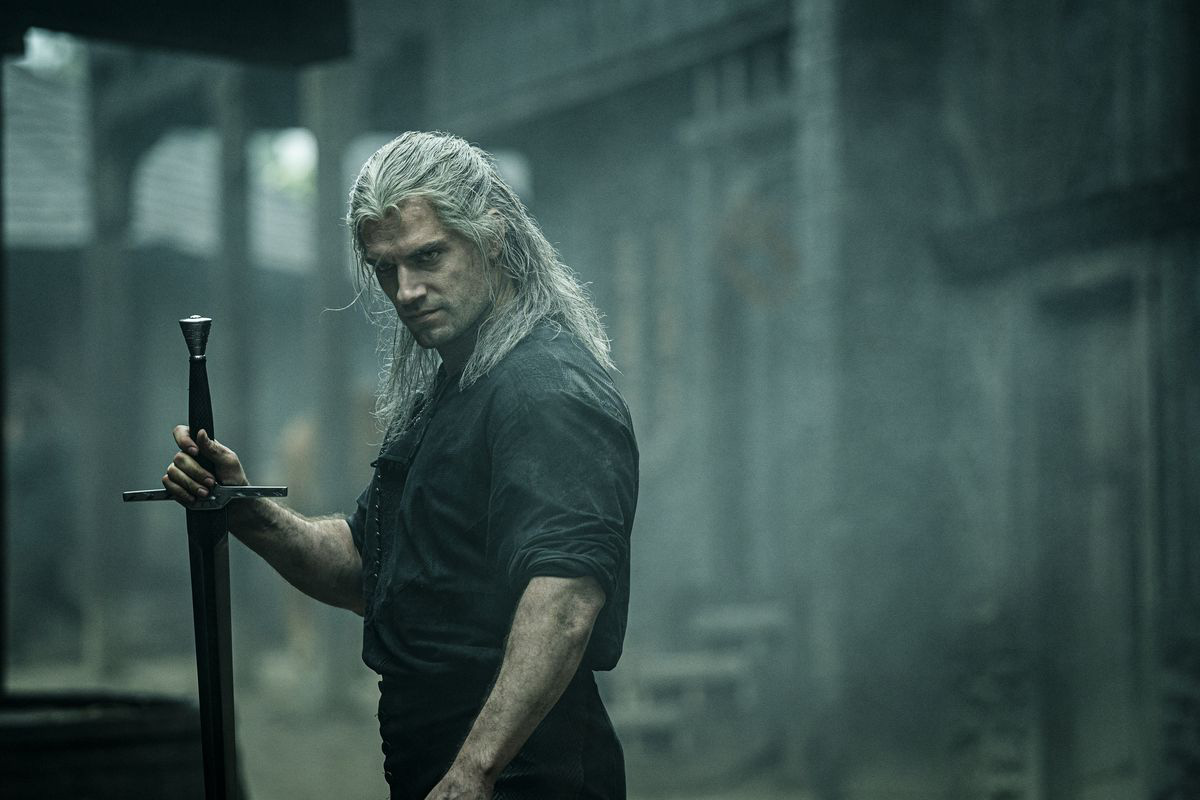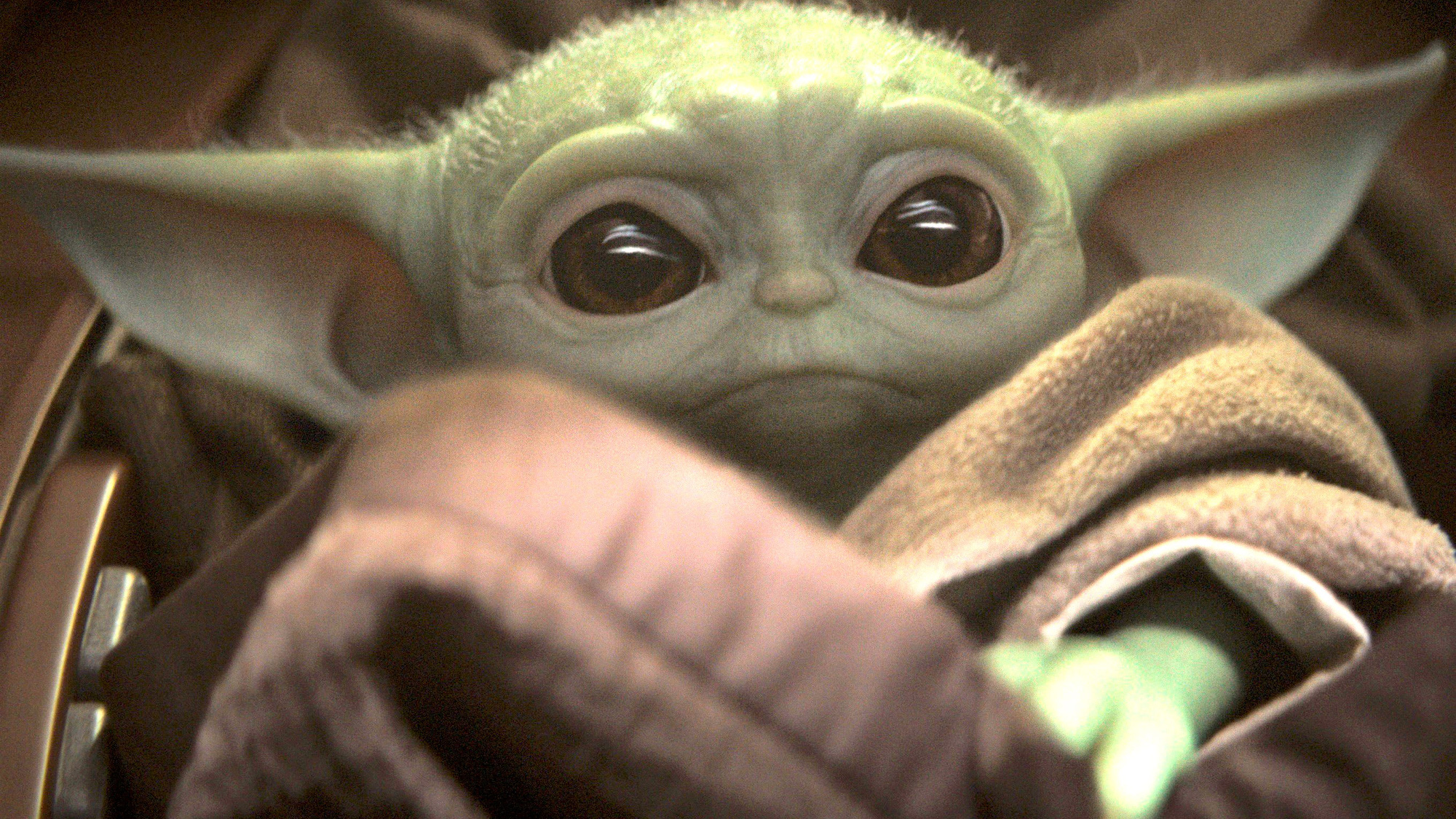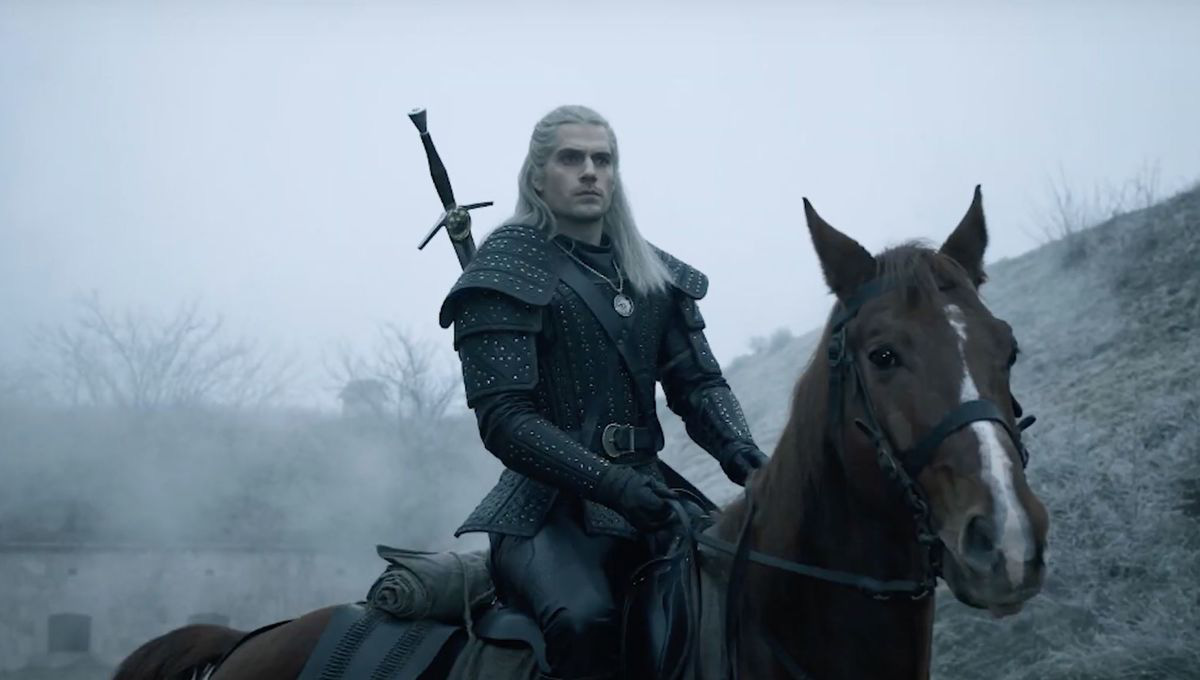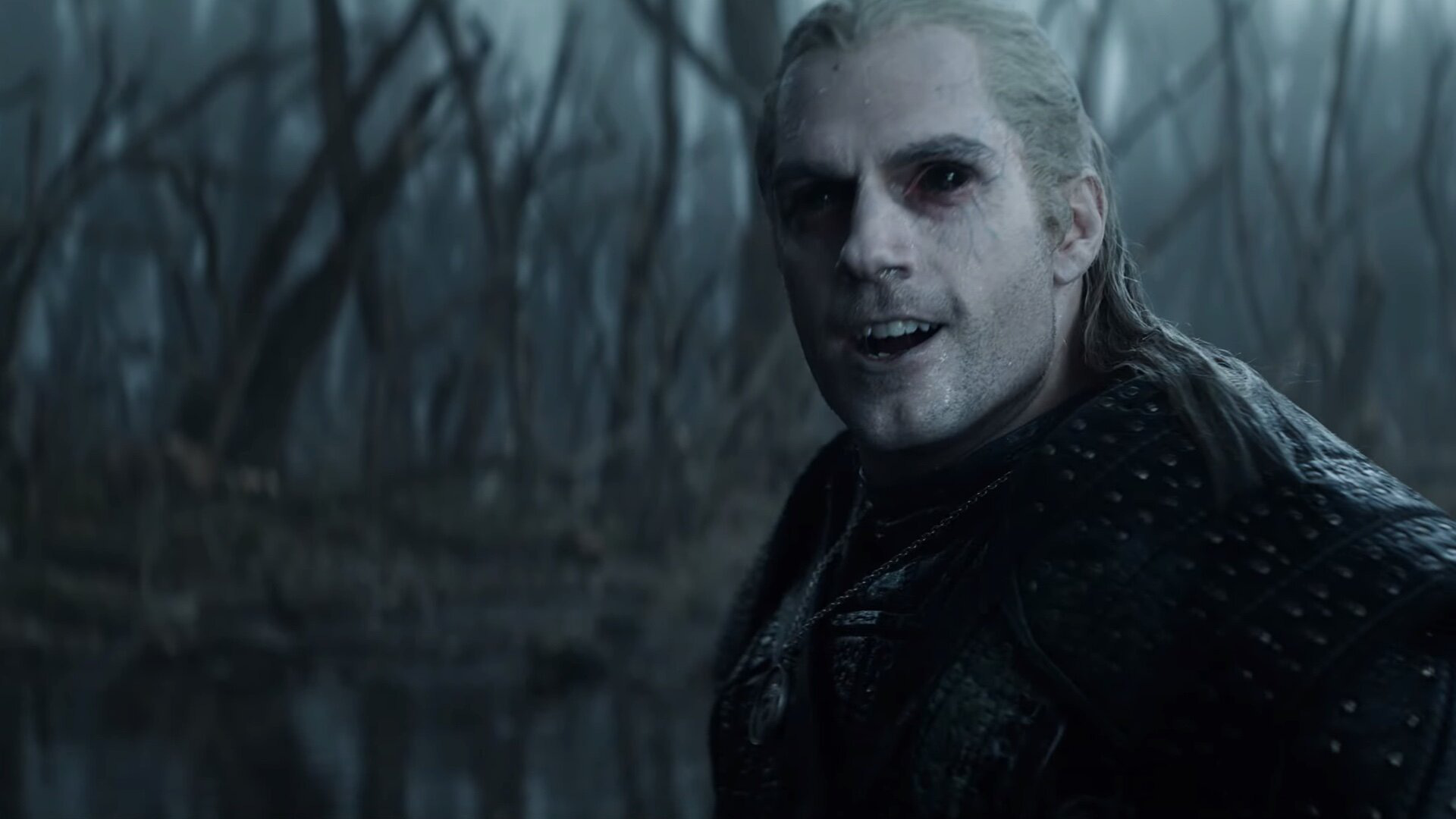The Witcher has all the elements to become a successful show: based on a well-known work, backed by a massive marketing campaign, stellar performances from Henry Cavill, and the famous song “Toss a coin to your Witcher,” which has now become a meme on the Internet. Indeed, after nearly two weeks since its release, The Witcher has proven itself to be a new “force” in the television landscape with impressive viewership and highly positive reviews from the community.
However, many believe that The Witcher could have even greater growth potential if it weren’t “held back” by Netflix’s “all-at-once” release model, but instead adopted a traditional weekly episode release format.

The traditional weekly release model has several advantages, the most significant being maintaining hype if the show is engaging – through weekly discussions among fans about the latest episode, as well as giving viewers time to reflect on the plot details. This way, the excitement around a show can be sustained over a longer period, providing more opportunities to attract even more viewers.
For example, in the series The Mandalorian, each new picture of Baby Yoda every week has the potential to attract more viewers to the series. I might not have intended to watch this series from the start, but when I see everyone discussing Baby Yoda for an extended time, the chances of me changing my mind and wanting to check out the show increase.

On the other hand, Netflix’s “all-at-once” release model carries the risk that the show’s hype will only last for a short time after its release, before audiences shift their attention to another new show. Moreover, this type of release can even lead to disappointment for some viewers who don’t have much time to watch the show and may only manage to see one or two initial episodes, but then encounter spoilers online as people post and share memes about… the final episodes.
At this point, The Witcher is still very popular: according to some statistics, this series is significantly outpacing Disney’s The Mandalorian in viewership. However, this is only the result of The Witcher’s first week of release, and can anyone be certain that this show can maintain its position in the future, especially when The Witcher has released its entire first season while The Mandalorian is still ongoing?

The structure of The Witcher’s first season is also better suited for a weekly release model, as the show mainly unfolds in the “each episode is a story” format. This is understandable, as the first season is based on two collections of short stories: “The Last Wish” and “Sword of Destiny.” In contrast, shows that fit better with Netflix’s release model include “Stranger Things” or “The Umbrella Academy,” which are structured like a 10-hour-long movie divided into smaller chapters and should ideally be watched in one sitting rather than one episode per week.

Of course, every method has its own strengths and weaknesses. With the weekly episode release model, there is always the risk of a significant drop in viewership if the quality of the new episodes declines over time. There was once a time when people were excited about Netflix’s release model because they didn’t have to wait, waiting each week for months on end to finish a show.
So, can The Witcher become the next influential television series like Game of Thrones? This is a question that we may have to wait longer to find out the answer to.
According to The Verge